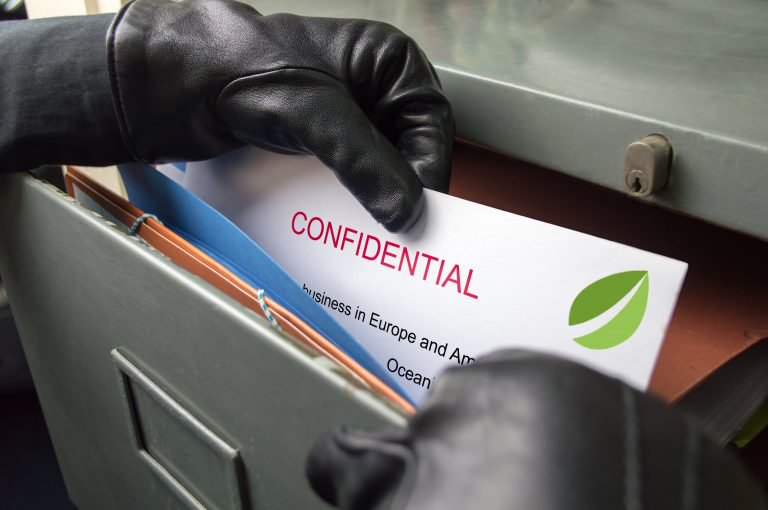Bitfinex are having quite a week, to put it mildly. You wouldn’t know as much by monitoring their social channels though: there’s not a word about that unfortunate $30 million Tether hack; just a tweet noting how pleased they are to announce BTC:EUR trading. On the surface, it’s business as usual at “the world’s largest and most advanced bitcoin trading platform”. Step outside the Bitfinex bubble, however, and things are anything but rosy.
See also: Exchanges Suspend USDT Transactions After $30 Million Tether Treasury Wallet Hack
Untethered, Goxxed, and Bitfinexed
Where to start with Bitfinex? Questions surrounding the company’s secrecy, lack of proper banking facilities, and odd relationship with Tether have abounded for months, but lately those murmurs have grown into a crescendo, prompting the exchange to break its silence, tweeting:

Days later and that promised statement has failed to materialize. In fairness to ‘finex, they’ve had a lot on, what with the alleged loss of $30 million in USDT, prompting Tether to issue a hard fork to isolate the stolen funds. (Intriguingly, it appears the Tether hacker also made off with 19,000 BTC from Bitstamp in 2015 and another 8,500 from Huobi the same year. Presumably they forgot to hodl, hence their emergence, two years later, to re-up.)

Biftfinex’ shortage of proper banking facilities and increasing reliance on tethers – tokens pegged against the US dollar – is well-documented, and has been the subject of relentless investigation by one dogged individual. Bitfinexed, who has been a thorn in the side of the exchange, has even been using a voice changer during interviews, such is his desire to remain anonymous.
It’ll All Come Out in the Wash

Accusations of wash trading at Bitfinex – “printing” tethers and using them to artificially bump the price of bitcoin before cashing out, sending the USD to Tether, and repeating the cycle – aren’t the only ones the exchange has been facing. In Warning Signs About Another Giant Bitcoin Exchange, the NYT’s Nathaniel Popper addresses the other questions that are hanging over Bitfinex, namely:
1. Why has Bitfinex been unwilling to reveal anything about the 2016 hack of 120,000 BTC (or the 2015 hack of 1,500 BTC for that matter)?
2. Why doesn’t Bitfinex reveal its current banking arrangements or where its money is stored?
3. Where is the promised audit that will assuage Tether’s doubters once and for all? (The company did produce a financial statement in September, but it failed to prove that each tether is backed by a US dollar.)
The article quotes Emin Gün Sirer, a computer science professor at Cornell University, as saying:
I’m worried about the systemic risk that this centralized company poses, and I’m worried that if they go down, they will take down the space with them.
The New York Times’ Popper also reveals the following nugget:

Laughing All the Way to the Bank
While the Tether brouhaha was playing out this week, it also emerged that Bitfinex has yet another new bank. This time, its European home is with the obscure Bank Polskiej Spółdzielczości – also the home of CEX.io – under the name of CRYPTO SP.ZO.O. Why isn’t Bitfinex using its own name and why is it with a bank that ranks 15th in Poland in terms of asset value and 26th in terms of number of outlets? But wait, the plot thickens…
The director of Bank Polskiej Spółdzielczości is Molina Lee Ivan Manuel who is also the director of numerous Panamanian shell companies. Offshore shell companies are a recurring theme with Bitfinex; the so-called Paradise Papers, which leaked this month, show that Bitfinex’ operators used an offshore firm to help them incorporate Tether in the British Virgin Islands.

One of the companies Molina Lee Ivan Manuel is listed as a director of is Crypto Capital Corp. A quick Google reveals a string of red flags amidst user concerns over missing money and shady business practises. Perform a company search for CRYPTO SP.ZO.O – Bitfinex’ European banking name – and this comes up:

That’s right, CRYPTO SP.ZO.O appears to be 99% owned by Crypto Capital Corp. Curiouser and curiouser.
The Case for the Defense
There are clearly questions that Bitfinex needs to answer, not only to reassure its customers, but also the cryptocurrency community at large, who are worried by the knock-on effects if the world’s largest exchange was to fail. In defense of Bitfinex, there are solid reasons why it remains the market leader including high liquidity and a trading engine that actually works, which is more than can be said of some exchanges. Moreover, Google any company and you’re bound to find dissatisfied customers and unverifiable claims of impropriety.

On the other hand, there are areas where Bitfinex seriously lags behind the competition. Withdrawals, for example, are notoriously slow. They’re supposed to be processed within 12 hours, but waits of 24 hours or longer are not uncommon.
Despite shady banking, dubious use of tethers, another hack, and slow withdrawals, there is nothing to suggest that Bitfinex is on the verge of collapse. Nevertheless, the company’s operators could dispel much of the FUD and rumors if they were to clarify their current banking relationship and finances. It’s been three days now since Bitfinex promised “a formal announcement”. Tick tock.
Do you think Bitfinex have questions to answer? Let us know in the comments section below.
Images courtesy of Shutterstock.
The post Questions Mount as Bitfinex Stay Silent in the Wake of the Tether Hack appeared first on Bitcoin News.














